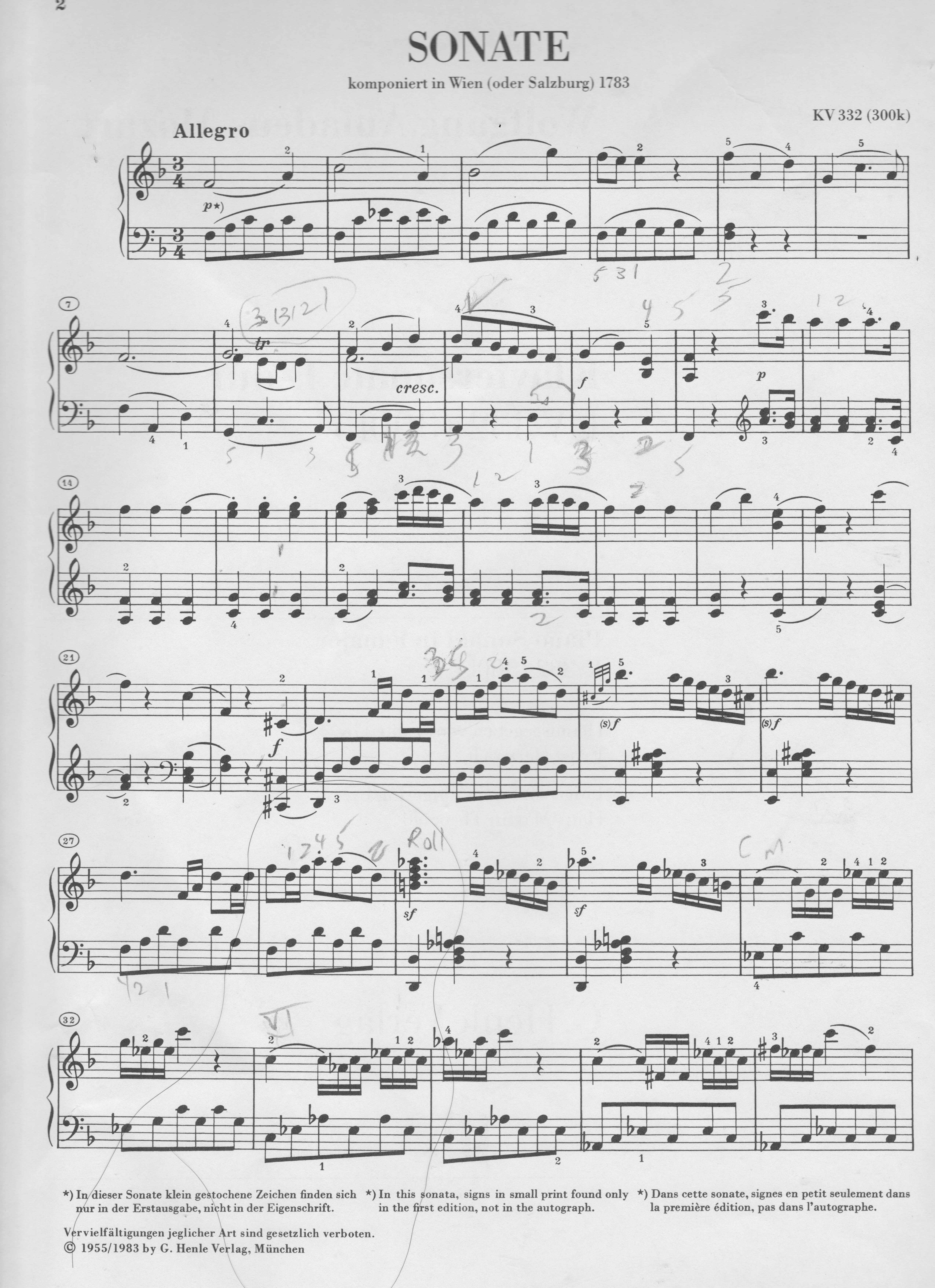Bach Hamburger Sonata PdfDownload Free Software Programs Online
The final work in this collection is the well known Hamburger Sonata, composed much later than the other works here, in 1786. The difference is immediately obvious, and there is a much stronger sense of the Classical style than the Baroque. Desperately need help for research on CPE Bach`s Hamburger Sonata. But the most important part of any program note is what the listener should be able to hear.
This disc forms part of Phoenix Edition’s C.P.E. Bach Edition. Originally recorded in 1982, the sound quality is good, with a clear flute sound and an effective balance between flute and accompanying instruments. The acoustic of the recording venue is ideal for this repertoire, lending a gentle and warm reverb to the sound.
The sonatas are arranged here chronologically, making for an interesting overview of C.P.E.’s compositional style. The first sonata, the G major WQ134 was composed in 1735, and like most of the works on the disc has a three movement slow-fast-fast form. The main themes have a distinctive character, featuring dotted rhythms, triplets and a sense of well-honed melodic simplicity.
The E minor sonata has some distinctive baroque features in its compositional style, and one can detect the influence of J.S. Bach. The opening adagio radiates poise and lyricism, while the elegant Menuet with Variations is played at a relatively fast pace, but with a good sense of style.
The second G major sonata, WQ127 was one of three on this disc which are likely to have been written either for Quantz or for his patron, Frederick the Great. The first movement possesses a gentle singing style, and the performance is highly convincing. The mood becomes lighter as the work progresses, and the final dance movement has a lilting feel. The D major sonata, WQ 129 is generally brighter, with sparkling melodies and flowing triplet motifs in the final movement. The minor-key WQ128 is the longest of the six on this disc and makes lovely use of dynamics and beautifully crafted phrases. The opening Andante is expressively played with rich tone and sombre concentration. The second movement contrasts well, with fast moving finger movement executed with evenness and clear articulation. The finale is an elegant dance-style movement with variations all played with charm.
The final work in this collection is the well known Hamburger Sonata, composed much later than the other works here, in 1786. The difference is immediately obvious, and there is a much stronger sense of the Classical style than the Baroque. The Sonata has just two movements, and the opening Allegretto is played with an enjoyable sense of lightness and some well-conceived ornamentation in the harpsichord part. Eckart Haupt brings out the simplicity of the line very well, and allows the music space to breathe. The second movement is unhurried, and somewhat slower than I am used to, with a tempo variation bringing out the character of the different sections. There is a strong sense of personality that comes through in this interpretation, which makes for a wholly convincing performance.
Overall, the playing on this disc is consistently of a high standard, and delivers uncomplicated interpretations of well written music. Haupt’s flute sound is rich and clear, and free from imposing vibrato. The playing is expressive and well phrased, and the continuo is solid and reliable throughout, with elegance and poise well to the fore.
Carla Rees




